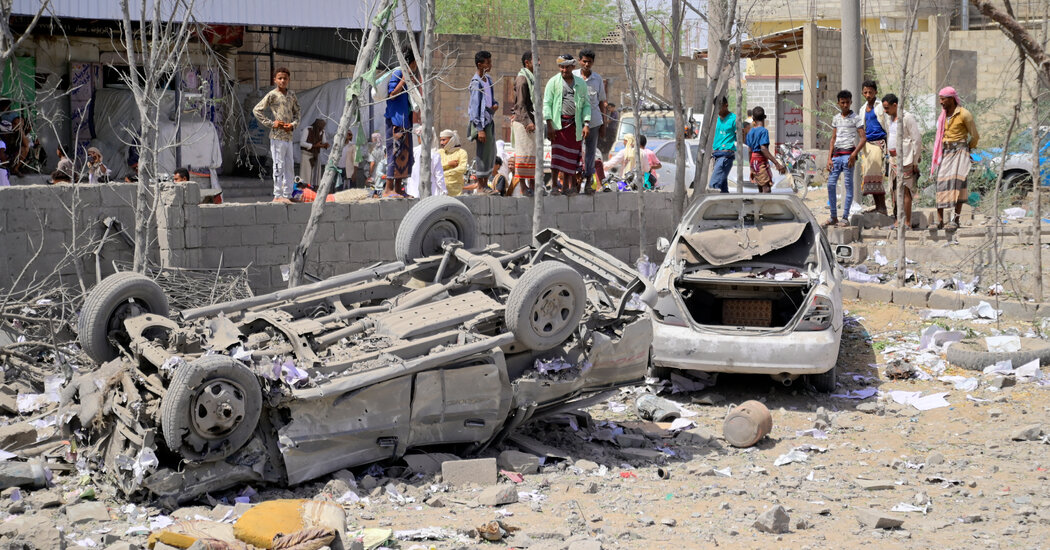President Trump said that Iranian-backed Houthi militants in Yemen have been “decimated by the relentless strikes” that he ordered beginning on March 15. However, Pentagon officials have acknowledged that there has been only limited success in destroying the Houthis’ vast arsenal of missiles, drones, and launchers.
The officials briefed on confidential damage assessments say the bombing is consistently heavier than strikes conducted by the Biden administration, and much bigger than what the Defense Department has publicly described.
Houthi fighters, known for their resiliency, have reinforced many of their bunkers and other targeted sites, frustrating the Americans’ ability to disrupt the militia’s missile attacks against commercial ships in the Red Sea.
The Pentagon has used $200 million worth of munitions in just three weeks, in addition to immense operational and personnel costs to deploy two aircraft carriers, advanced B-2 bombers, and fighter jets, as well as Patriot and THAAD air defenses to the Middle East.
The total cost could be well over $1 billion by next week, and the Pentagon might soon need to request supplemental funds from Congress. Some Pentagon contingency planners are growing concerned about overall Navy stocks and implications for any situation in which the United States would have to ward off an attempted invasion of Taiwan by China.
The U.S. strikes, which Defense Secretary Pete Hegseth named Operation Rough Rider, likely could continue for six months, officials said.
A senior Pentagon official pushed back on the assessments described by the congressional and allied officials, saying the airstrikes had exceeded their goal in the campaign’s initial phase, disrupting senior Houthi leaders’ ability to communicate, limiting the group’s response to a handful of ineffective counter strikes, and setting the conditions for subsequent phases.
However, U.S. officials said the strikes had damaged the Houthis’ command and control structure. Tulsi Gabbard, the director of national intelligence, said in a statement that the strikes had been “effective” in killing top Houthi leaders and destroying several facilities the Houthis may use to produce advanced conventional weapons.
The Pentagon has not provided details about the attacks since March 17, when it said more than 30 Houthi targets had been hit on the first day. A spokesman for the military’s Central Command said on March 24 that the strikes had “destroyed command-and-controlled facilities, air defense systems, weapons manufacturing facilities, and advanced weapons storage locations.”
The Houthis have been hit with AGM-154 Joint Standoff Weapons, a GPS-guided glide bomb, and air-launched cruise missiles. The use of such long-range weapons is in direct response to the threat posed by the Houthis’ air-defense weapons, which have shot down several U.S. military drones in the area.
Houthi officials say the strikes have hit residential areas and buildings in the heart of Yemen’s capital, Sana, resulting in more than 60 civilian casualties, according to a report by Airwars. A US official said the Pentagon investigates all claims of civilian casualties, adding that the military goes to great lengths to reduce the risks.
Source link




